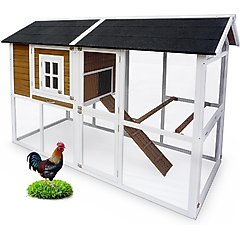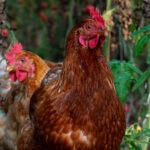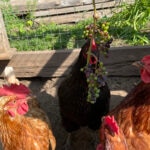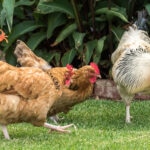The Best Backyard Chicken Breeds
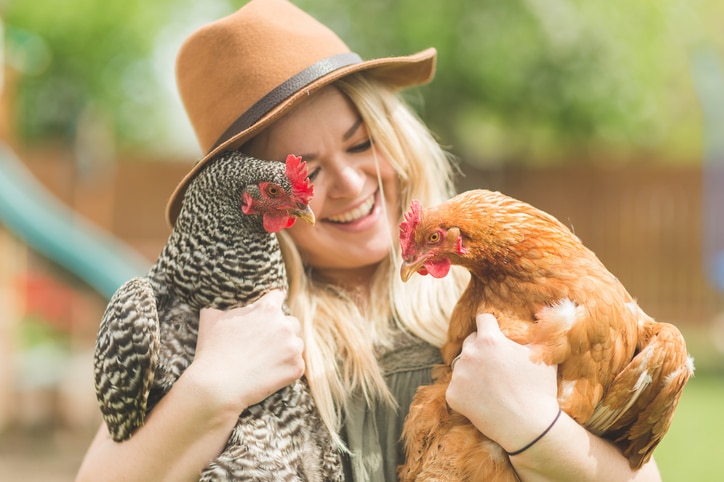
Photo by FatCamera / E+
Thinking about adding chickens to your yard this year? Not all chicken breeds are created equal.
There are lots of things to consider when deciding what types of chickens are best for the size of your backyard. Discover some commonly kept types of chickens to decide which breed is best for you.
The Most Popular Chicken Breeds
1. Silkie
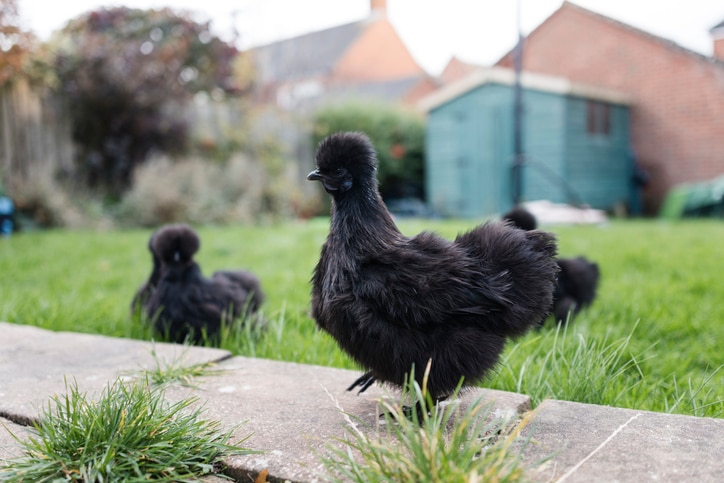
Photo by SolStock / iStock / Getty Images Plus
As their name suggests, Silkies are known for their silky feathers, which lack barbicels (the hooks that hold the feathers together). They also have blue skin and bones as well as an extra toe.
While not the best egg layers, Silkies are friendly birds, and hens are often dedicated mothers. They are prone to respiratory problems and stress from cold weather.
2. Poland
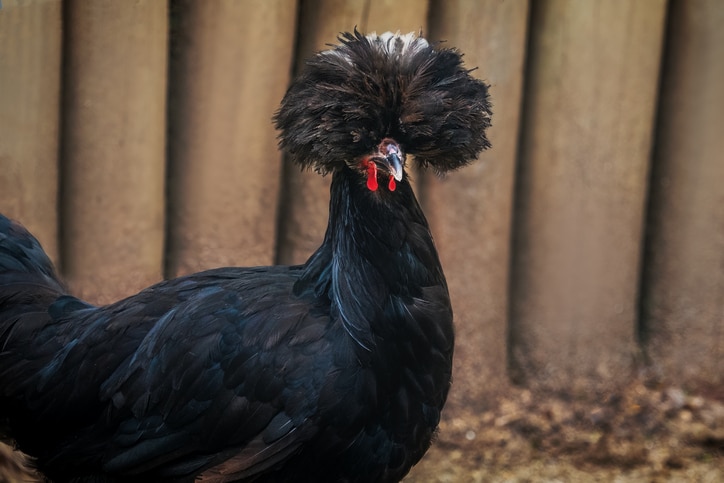
Photo by diegograndi / iStock / Getty Images Plus
Poland chickens are known for their large, puffy crests and topknots, and are often bred for show due to their distinctive look.
These beautiful, ornamental birds have striking head feathers. Their large crests are susceptible to icing in winter and can block their vision. Poland chickens also do not tolerate high heat well, and can have feather-related issues that can lead to injury or feather plucking.
3. Rhode Island Red
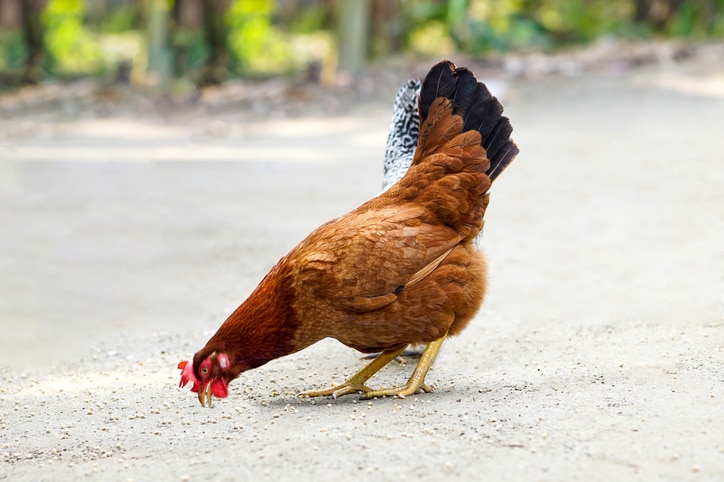
Photo by Chitro Stock / iStock / Getty Images Plus
Rhode Island Reds are popular for egg laying—they’re one of the best egg producers, after all!
Adaptable to various climates, these chickens can be somewhat aggressive, especially when protecting their eggs. For this reasons, Rhode Island Reds may not be suitable for families with young children.
Rhode Island Reds may also be prone to egg binding and other reproductive diseases due to the large eggs they produce. Additionally, they tend to attract mites and lice infestations due to their dense feathers.
4. Brahma
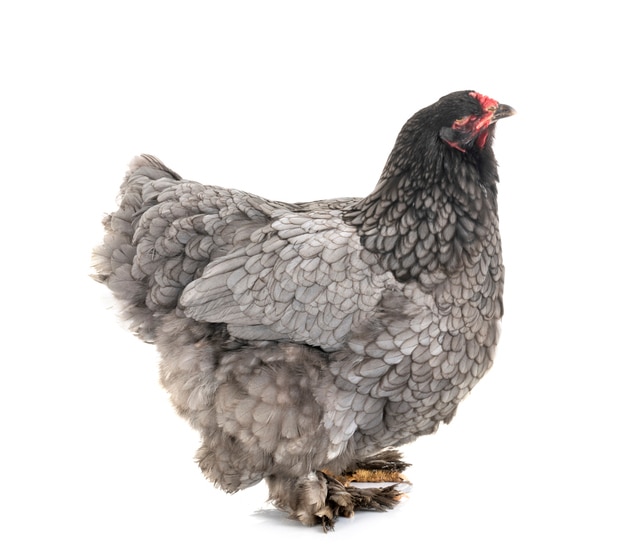
Photo by cynoclub / iStock / Getty Images Plus
Nicknamed the “King of Chickens,” most Brahma chickens weigh between 8–10 pounds. Their large size not only makes it difficult for them to fly, but they may also suffer from joint problems (such as arthritis) because of their large frame. These birds also require larger coops and nesting boxes, like the ZooVilla Farmstead Chicken Coop.
Recommended Product
Known for their docile and gentle nature, Brahmas are generally calm and easy to handle, and some even like to snuggle!
These hardy birds are slow to mature and are not the best egg layers.
5. Orpington
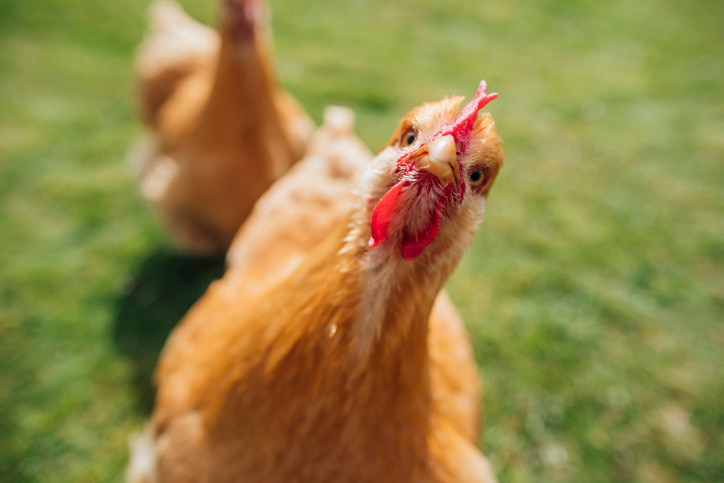
Photo by SolStock /iStock / Getty Images Plus
Known for their glossy black or blue plumage, Orpington chickens are visually striking and a great bird for eggs. They’re often friendly and make good layers (brown eggs).
Orpingtons are hardy in cold climates. However, they can be prone to obesity and sensitive to heat in warmer areas. Egg binding may also occur, especially in older hens, which is a common issue for larger breeds.
6. Serama
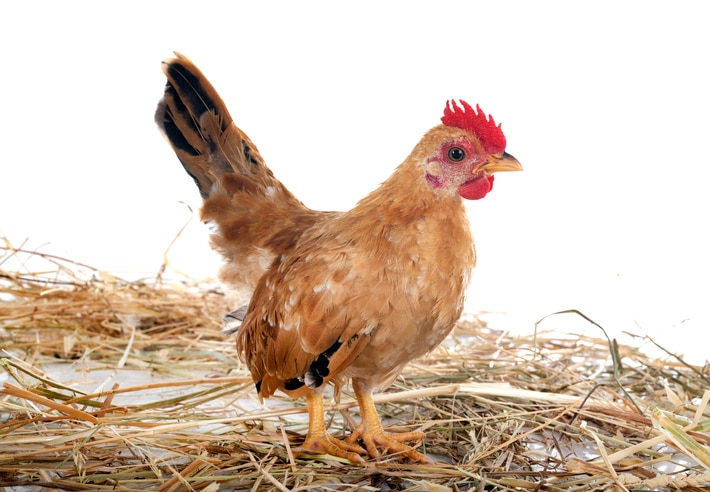
Photo by cynoclub / iStock / Getty Images Plus
The world’s smallest chicken breed at only 13–19 ounces, Seramas are tiny but lively and very social.
While not the best egg layers, Seramas make excellent pets. They are, however, fragile due to their small size, which makes them more vulnerable to injury and predators.
7. Plymouth Rock
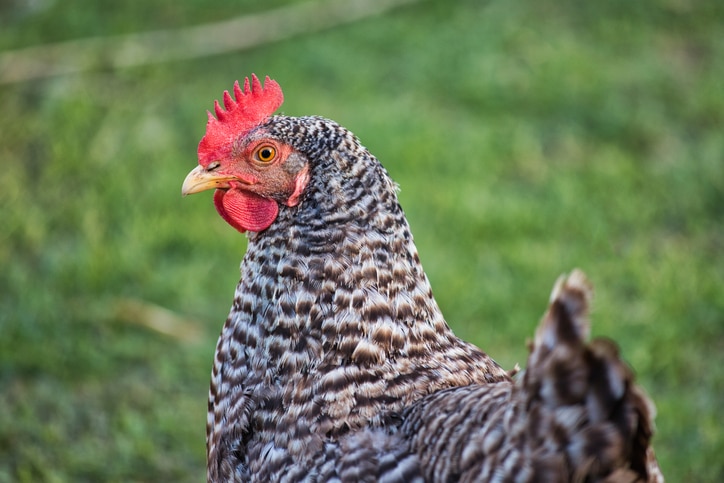
Photo by Vronja_Photon / iStock / Getty Images Plus
The Barred Plymouth Rock is one of the most iconic American breeds, with distinct black-and-white striped feathers.
Plymouth Rock chickens are typically good layers (brown eggs) and are hardy in cold or hot weather. Some of these birds may lean to the more aggressive side.
These chickens are susceptible to lice and mites, especially in environments with high humidity. Respiratory issues can also arise, especially if they are kept in poorly ventilated areas.
8. Sussex (Speckled Sussex)
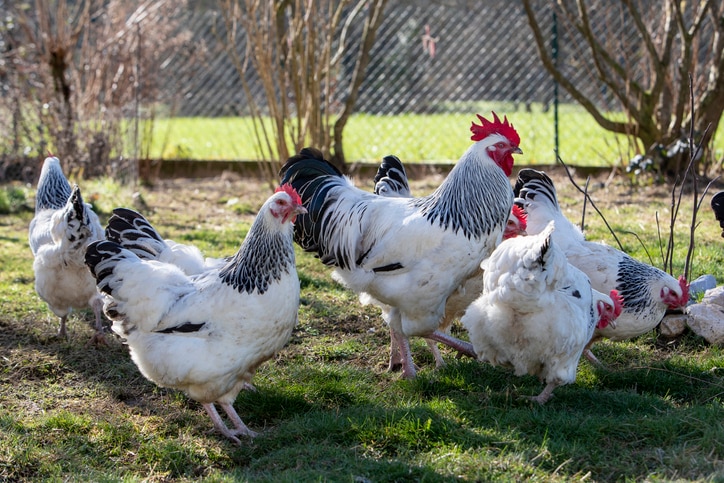
Photo by Lydie_B / iStock / Getty Images Plus
Known for their unique speckled feathers, Sussex chickens have been kept by farmers and backyard chicken keepers since the 19th century.
These chickens are great egg layers (brown eggs) and good foragers, so make sure you give them plenty of space to poke around. A coop with a large chicken run attached may be ideal, like the Aivituvin AIR46-M Chicken Coop with Run.
Recommended Product
Sussex chickens are slow to mature and are prone to mite and lice infestations. They may also develop egg-laying problems as they age, leading to weak shells or soft eggs.
9. Wyandotte

Photo by Nickbeer / iStock / Getty Images Plus
Wyandotte chickens are known for their “rose comb,” which helps them handle cold weather better than many other breeds.
The hardy Wyandotte breed features beautiful plumage (available in several colors), and they are typically good egg layers (brown eggs).
Wyandottes are often quieter than most other chickens. They may suffer from feather-related problems (feather loss, skin irritation) due to their thick plumage, as well as egg binding, especially in older hens or when they’re stressed.
10. Frizzle
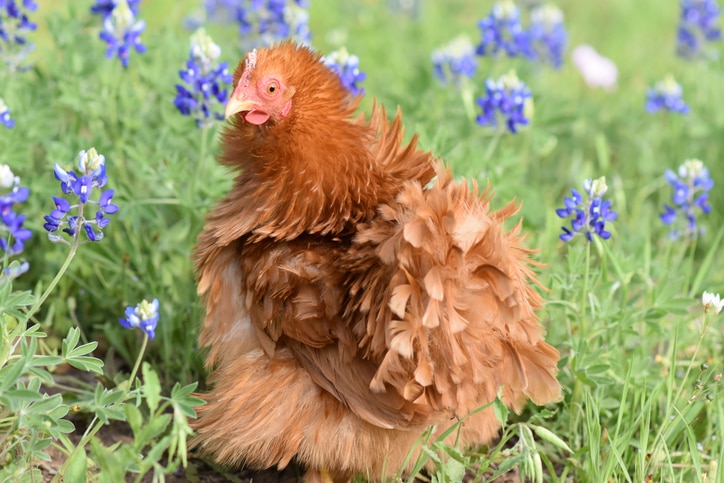
Photo by Lucy Smith Kubo / iStock / Getty Images Plus
Named after their curly feathers, Frizzles have a distinctive appearance that makes them a favorite for ornamental purposes.
Frizzles make great pets but are not particularly good for egg production. They’re fragile due to their curly feathers and small size, and their unique feathers prevent them from regulating body temperature effectively.
11. Leghorn
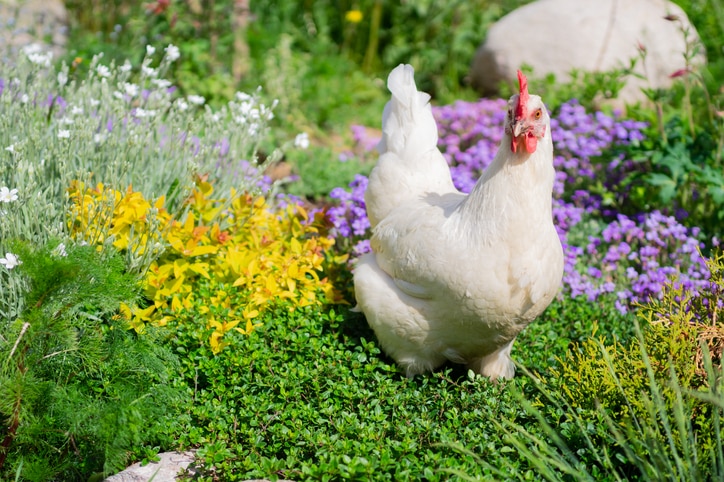
Photo by ElenaTaurus / iStock / Getty Images Plus
Leghorns are popular in commercial egg production because they’re such prolific layers—expect plenty of white eggs from these busy birds.
Because they’re so active and independent, Leghorns are prone to foot issues, including bumblefoot.
As flighty chickens, Leghorns are not very friendly, difficult to handle, and can be noisy. But they are hardy in warm climates.
12. Bantam Chickens
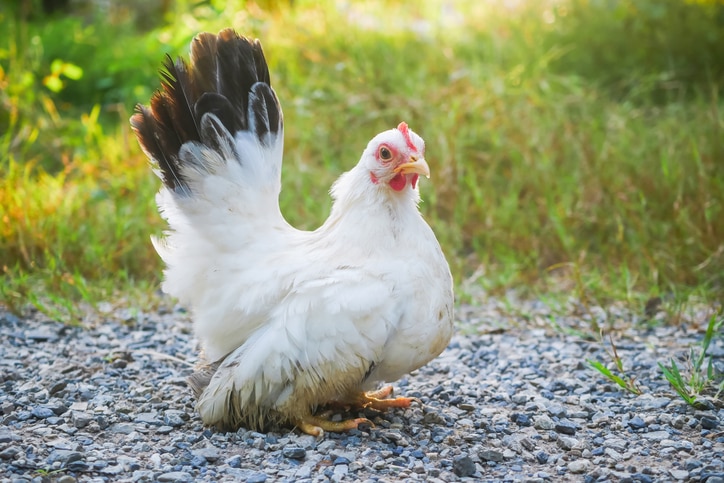
Photo by kobkik / iStock / Getty Images Plus
Bantams are a group of miniature breeds that come in a variety of colors and are often kept for ornamental value or as pets.
They produce small eggs and are great for confined spaces. However, due to their fragility, they are more vulnerable to injury and predators.
13. Cochin
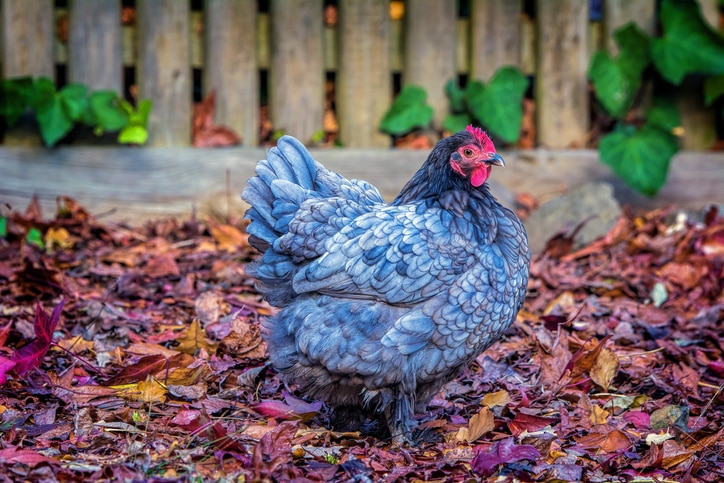
Photo by tracielouise / iStock / Getty Images Plus
Known for the fluffy plumage that covers their legs, Cochin chickens look like little fluff balls.
These chickens are good egg layers (brown eggs) and are very friendly. They are often slow due to their large size, and therefore prone to obesity.
14. Jersey Giant
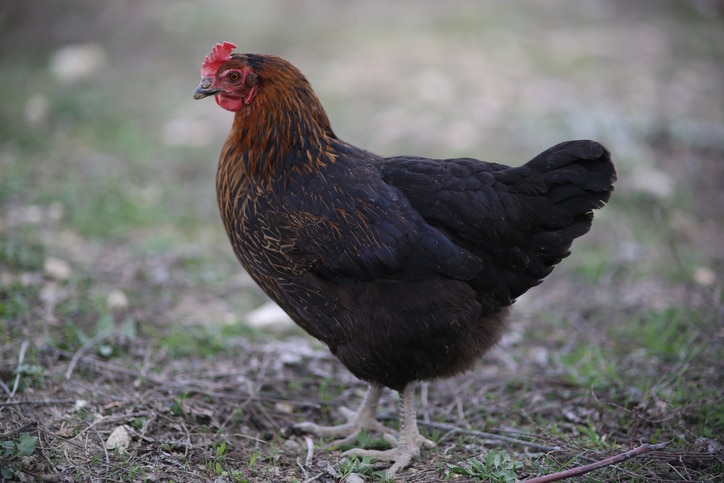
Photo by HAKAN AKGUN / iStock / Getty Images Plus
Known for their calm demeanor, Jersey Giants are one of the largest chicken breeds at 10–13 pounds. And while they’re good egg layers (brown eggs), due to their large size they may break their own eggs by sitting on them.
Jersey Giants are heat-sensitive, particularly in the summer months. They’re also prone to leg and joint problems, including arthritis, due to their large frame.
15. Araucana
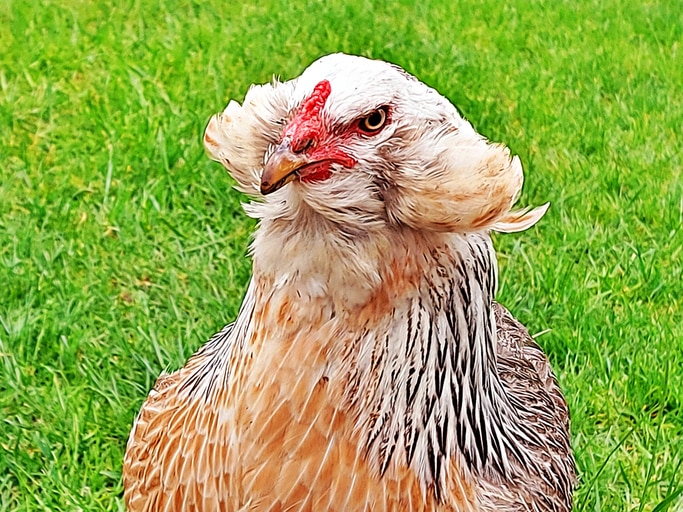
Photo by Siglinde Fischer / iStock / Getty Images Plus
Famous for laying blue eggs, Araucanas are often confused with Ameraucanas but are a distinct breed with no tail feathers and ear tufts.
Araucana eggs are higher in nutrients and lower in cholesterol than many other species, although these chickens are not the best egg layers.
Some Araucanas may be aggressive and cause fighting within a flock.
